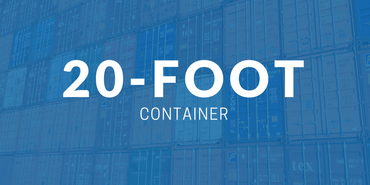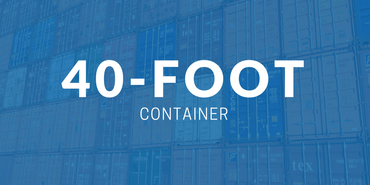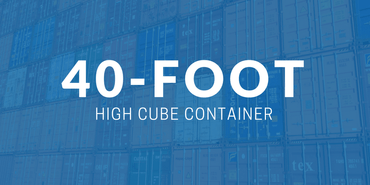
How many pallets fit in a 20-ft and 40-ft container



![]()
How many pallets fit in a 20- and 40-foot container?
In ocean freight shipping, your pallets should ideally pack tightly into your shipping container. This is independent of whether you’re shipping port-to-port or door-to-door.
Depending on pallet type and size, the number of pallets you will be able to load into a 20-foot container or 40-foot container varies. Their internal dimensions are:
- 20-foot container: 19’ 4” long x 7’ 9” wide x 7’ 10” tall
- 40-foot container: 39’ 6” long x 7’ 9” wide x 7’ 10” tall
International container shipments focus on the use of two pallet types, the EU pallet and the EUR2 pallet, also called the standard pallet. The following image provides an overview and only considers floor space, not packing in tiers.
![]()
The International Organization for Standardization details six ISO pallets in their Standard 6780, sorted by the use of floor space in standard containers in an ascending order. To minimize the use of floor space, so-called Pallet Wide containers exist. These non-standard containers have slightly more internal space. They are more common in Europe and can accommodate 24 or 30 Euro pallets.
Packing your pallets for optimal container shipping
- Cardboard boxes or cargo should not stick out beyond the pallet. This creates an impediment to pallet arrangement.
- Stack your cargo properly. Improperly-stacked goods on a pallet could result in damages when pallets are handled or closely-loaded together.
- Use cling wrap or plastic scraps to secure your shipment. This prevents damage and shifting.
While container loading usually tries to minimize the waste of floor space, you might have to take total weight into account in some cases. A shipment of light goods could possibly be arranged in two tiers within the container. On the contrary, if your loaded pallets are heavy, you might have to reduce the number per container so as not to exceed a certain weight. This could be the case if a container is routed in transit by truck and needs to meet a road weight limit.
Pick your pallets accordingly
The most suitable pallet for your container shipment depends on your supplier and the markets involved. The following factors determine how many pallets you can fit into a standard container.
- Pallet loading height: What is the height of your product after it’s stacked onto the pallets? This depends on product size and weight and influences possible loading of tiers in your container. Clarify the loading height of your pallets with your product supplier or manufacturer.
- Load weight: This must be considered for heavy pallets since their weight may reduce the maximum number of pallets allowed per container. Keep load and road weight limits in mind.
- Container space: The pallet arrangement within a 20- or 40-foot container should maximize the use of space in three dimensions. At the same time, the distribution should ensure efficient loading and unloading while minimizing potential damages. Your shipping and loading agent will assist you with the best pallet arrangement for your container.
- Unloading requirements: Factor in the needs of your customer or final recipient of your shipment, especially if they are in charge of unloading your shipping container. They might have limitations on loading height, tiered loading or preferential pallet arrangement within the container. Passage through buildings and doorways as well as onward routing may also be an issue.
After working out the specifications and limitations of your cargo and pallets required, you may begin to consider how you will be packing your shipment.
Related Articles


